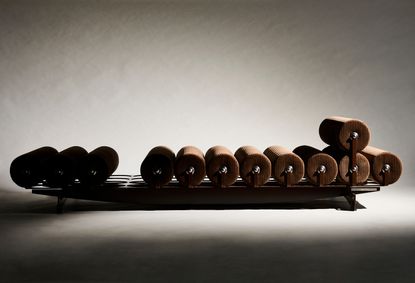Design & Interiors
Travel with us to design weeks and experience refined interior design from across the globe. Get the first look at all-new modern furniture, and contemporary craft every day
Explore Design & Interiors
-
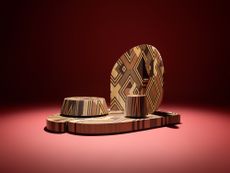
How Stephen Burks Man Made is bringing the story of a centuries-old African textile to an entirely new audience
After researching the time-honoured craft of Kuba cloth, designers Stephen Burks and Malika Leiper have teamed up with Italian company Alpi on a dynamic new product
By Anna Fixsen Published
-

A first look at Bulgari Resort & Mansions Bodrum
Architecture, landscape and refined luxury come together at this Mediterranean retreat, opening in 2027
By Hugo Macdonald Published
-
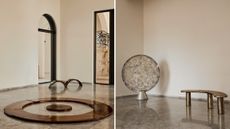
Togo's Palais de Lomé stages a sweeping new survey of West African design
'Design in West Africa' in Lomé, Togo (on view until 15 March 2026), brings together contemporary designers and artisans whose work bridges tradition and experimentation
By Laura May Todd Published
-
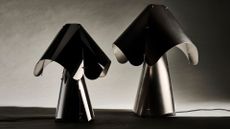
Australian studio Cordon Salon takes an anthropological approach to design
Wallpaper* Future Icons: hailing from Australia, Cordon Salon is a studio that doesn't fit in a tight definition, working across genres, techniques and materials while exploring the possible futures of craft
By Rosa Bertoli Published
-
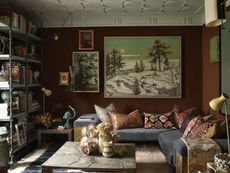
This designer’s Shoreditch apartment is ‘part grotto, part cabinet of curiosities’
The apartment serves as Hubert Zandberg’s ‘home away from home’, as well as a creative laboratory for his design practice. The result is a layered, eclectic interior infused with his personality
By Anna Solomon Published
-
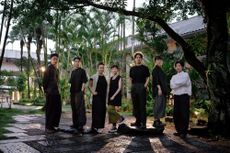
How Taipei designers operate between cutting-edge technology and their country's cultural foundations
In the final instalment of our three-part Design Cities series, we explore Taipei, Taiwan, as a model of translating contemporary urban aesthetic and craft traditions into design thinking
By Laura May Todd Published
-
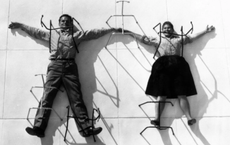
How Charles and Ray Eames combined problem solving with humour and playfulness to create some of the most enduring furniture designs of modern times
Everything you need to know about Charles and Ray Eames, the American design giants who revolutionised the concept of design for everyday life with humour and integrity
By Francesca Perry Published
-
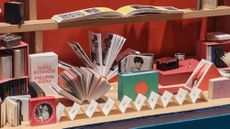
Veronica Ditting’s collection of tiny tomes is a big draw at London's Tenderbooks
At London bookshop Tenderbooks, 'Small Print' is an exhibition by creative director Veronica Ditting that explores and celebrates the appeal of books that fit in the palm of your hand
By Ali Morris Published
-
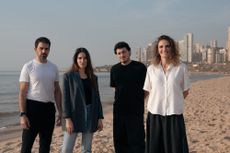
How Beirut's emerging designers tell a story of resilience in creativity
The second in our Design Cities series, Beirut is a model of resourcefulness and adaptability: we look at how the layered history of the city is reflected in its designers' output
By Laura May Todd Published
-
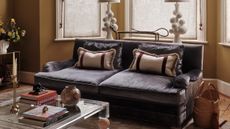
Colour and texture elevate an interior designer’s London home
To beautify her home without renovations, Charu Gandhi focused on key spaces and worked with inherited details
By Anna Solomon Published
-
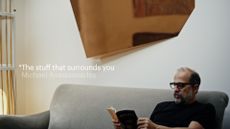
The Stuff That Surrounds You: Inside the home of designer Michael Anastassiades
In The Stuff That Surrounds You, Wallpaper* explores a life through objects. In this episode, we step inside one of the most considered homes we've ever seen, where Anastassiades test drives his own creations
By Anna Solomon Published
-

Dries van Noten on why he's building a new home for craft in Venice
A year after departing the runway, Dries van Noten unveils his next chapter: the Fondazione Dries Van Noten, a newly announced cultural initiative in Venice celebrating craft in all its forms. Wallpaper* meets the designer to find out why he’s not ready to retire.
By Ali Morris Published
-

Alexander Wessely turns the Nobel Prize ceremony into a live artwork
For the first time, the Nobel Prize banquet has been reimagined as a live artwork. Swedish-Greek artist and scenographer Alexander Wessely speaks to Wallpaper* about creating a three-act meditation on light inside Stockholm City Hall
By Ali Morris Published
-
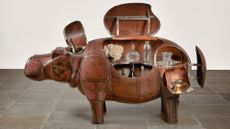
At $31.4 million, this Lalanne hippo just smashed another world auction record at Sotheby’s
The jaw-dropping price marked the highest-ever for a work by François-Xavier Lalanne – and for a work of design generally
By Anna Fixsen Published
-
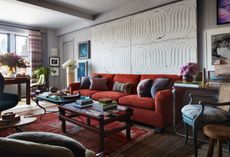
Eclectic and colourful, Charlie Ferrer’s home reflects the interior designer’s personal and professional evolution
The New York interior designer invites us into his new Greenwich Village home: come on in
By Dan Howarth Published
-
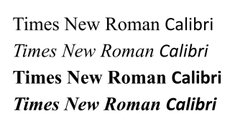
Is the Calibri typeface 'woke'? We asked its designer
'It's more a compliment than something bad for me,’ says the Dutch type designer Lucas de Groot
By Anna Fixsen Published
-

The Wallpaper* Design Awards are back in 2026 – see who's shortlisted
Our annual design awards returns in January – here are the first shortlisted nominees
By Léa Teuscher Published
-

Wallpaper* Design Awards 2026: Life-enhancer of the year shortlist
Discover the shortlist for Life-Enhancer of the Year in the Wallpaper* Design Awards 2026, from an innovative night light to a blueprint for play
By Rosa Bertoli Published
-
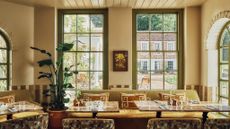
Why the UK’s newest country retreat is placing craft at its core
Crafted at Powdermills is an ambitious new members’ club and retreat deep in the East Sussex countryside. Designed by House of Dre, it aims to root itself in the local landscape and its community of makers. Wallpaper* pays a visit to find out how
By Ali Morris Published
-

Wallpaper* Design Awards 2026: Designer of the Year shortlist
Meet the Wallpaper* Designers of the Year nominees: bringing calm, consideration and integrity to the year's key design moments
By Rosa Bertoli Published
-

Pantone chose white as colour of the year: resistance to plurality, or quiet emblem of hope?
The Pantone Colour of the Year 2026 – Cloud Dancer white – was met with both intrigue and horror from the design community. We speak to four design professionals who weigh in on this year's candid hue
By Rosa Bertoli Published
-
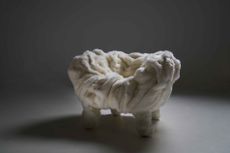
Edra’s wintry marvel of a chair heralds the 2026 Winter Games
Edra unveils a new snow-white chair by Estudio Campana to mark the upcoming Winter Games, as part of its ‘Casa Italia’ showcase of Italian excellence for the event
By Rosa Bertoli Published
-

Didn't make it to Alcova Miami this year? These are our 10 favourite things
At the third US edition of the exhibition, designers reinterpreted ancient traditions, artfully refracted light and encouraged sexual exploration
By Dan Howarth Published
-
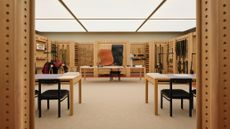
David/Nicolas raise contemporary craft to a canter at this new Abu Dhabi riding school
The Lebanese design duo draw on Emirati equestrian heritage to create two contemporary spaces for ADREA, a new school of classical horsemanship
By Ali Morris Published
-
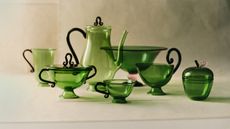
Sophie Lou Jacobsen’s glass tableware is fit for a hotel-style breakfast at home
The French-American designer unveils her ‘Continental Collection’, a playful and elegant take on classic breakfast tableware
By Tianna Williams Published
-
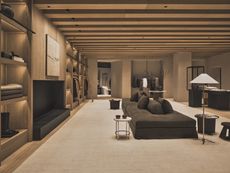
Vincent Van Duysen and Zara unveil a sophisticated new flagship concept in Barcelona
Zara Diagonal by Vincent Van Duysen brings the intimacy of a domestic space to the shopping experience
By Rosa Bertoli Published
-
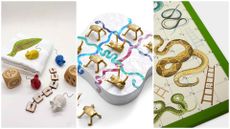
These classic board games are elevated with a creative twist
From a leather Snakes and Ladders to a whimsical Noughts and Crosses (plus a few newcomers): browse our edit of the best board games to keep you and your guests entertained this holiday season
By Rosa Bertoli Published
